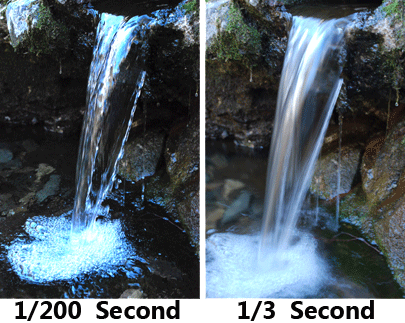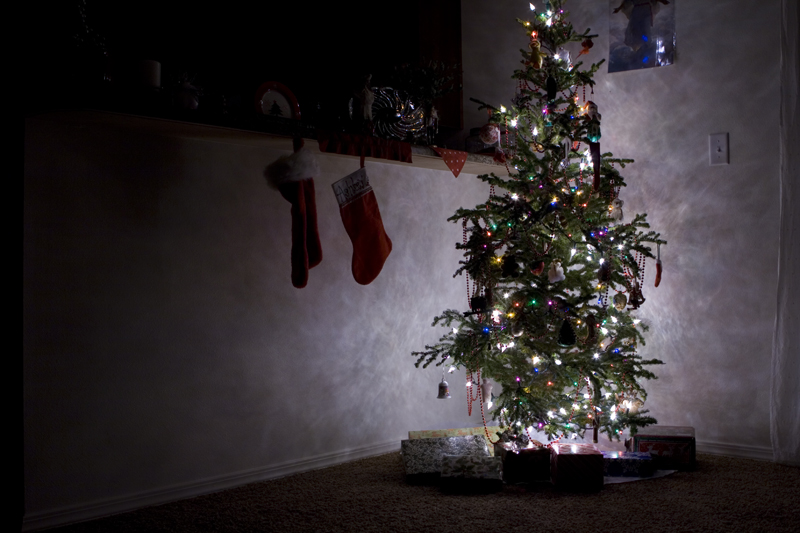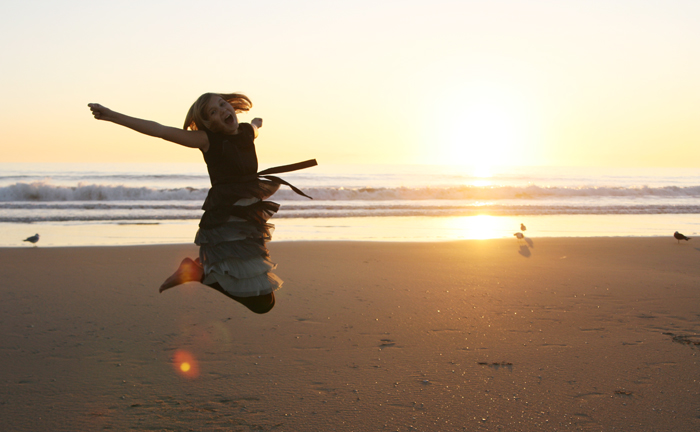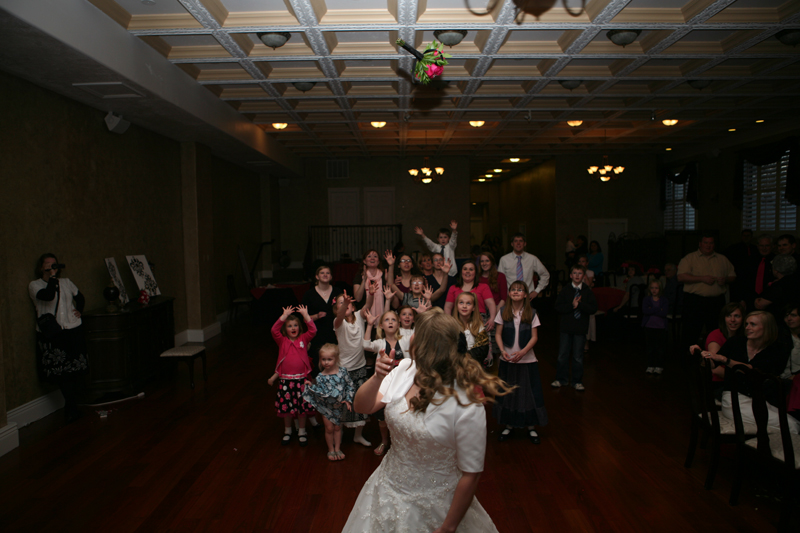READ: Shutter Speed
| Site: | MN Partnership for Collaborative Curriculum |
| Course: | Digital Photography |
| Book: | READ: Shutter Speed |
| Printed by: | Guest user |
| Date: | Wednesday, January 7, 2026, 5:12 AM |
Description
.
Shutter Speed
The shutter speed controls the length of time light is exposed to your film/sensor. The shutter is what makes the "click" sound when you press the button to take the picture.A fast shutter speed can capture fast moving objects or help clear blur from the shake in your hand when you are holding the camera. On the other hand, if you want to smooth or blur movement you should slow down the shutter speed. This is how to get that white soft look from waterfalls.
Shutter speed is measured in fractions of a second (1/speed). Example: 1/500 means that your shutter will be open for 1/500th of a second. As a general rule for hand held shots you want your shutter speed to be the inverse of your focal length or zoom, so if you have your focal length set to 50mm then your speed will probably need to be 1/50 to take into compensation for the shake in your hand. As you increase the speed of your shutter you will need more light from your subject or it will become underexposed.
Shutter speed not only can be used to control movement but it can be use to control how much light is recorded on your photo. Longer shutter speeds (or long exposures) record more light. Faster shutter speeds record less light.
This is why shutter speed is part of your exposure settings. If your shutter speed is too fast you will loose detail because of your photo being underexposed (too dark) and if it is too slow it will loose detail from being overexposed (too bright).  Shutter Speed can be a very useful feature on your camera. It can freeze or blur movement allowing the photographer to be very creative. Take a look at the two photos on the right side. I took those photos only changing the speed of the shutter.
Shutter Speed can be a very useful feature on your camera. It can freeze or blur movement allowing the photographer to be very creative. Take a look at the two photos on the right side. I took those photos only changing the speed of the shutter.
Shutter speed can be used to capture a water droplet in motion. The photo to the left used a fast shutter of 1/200 of a second to freeze the water droplet just before it broke away from the stream of water above it.
Example of .8 of a second shutter
Here are some examples of pictures that I have taken using certain shutter speeds.
This is an image I took of my Christmas tree. I left my shutter open for .8 of a second. The reason I did this was so that I could get the lights on the tree to "twinkle" (you know - have little light rays pouring off of them) as well as so that I could get enough light into my camera JUST from the tree itself, not from any other source.

Example of 1/500 shutter
This is an image that I took of my little sister on the beach near our home in California. I wanted to capture her energy - and since I was outside and the sun was just about to set, I had PLENTY of light. I bumped my shutter up to 1/500 of a second so that I could get her jumping up in the air. I wanted it to be crisp and not blurry.
Example of 1/250 shutter
This image I took at a wedding of a friend. I was using an external flash so I wasn't TOO worried about needing enough light. I wanted to get a shot of the bouquet in the air after the bride threw it and I wanted everything to be in focus. I bumped my shutter up to 1/250 of a second and captured this shot. You can see from the way the bride is turning around that her hair is a tiny bit blurry. If I had upped my shutter a tiny bit more, her hair would have been more crisp.
Example of 1/8 of a second shutter
This last example is of when I left my shutter open to 1/8 of a second. I was doing a photoshoot for a contest under a freeway overpass and just for fun, as a car was driving by I set my shutter to 1/8 and snapped this shot. You can see the movement of the car as it moves while the shutter is still open.
Summing it up
So you should know a bit about shutter speed now!Moral of the story:
Fast shutter = use when you have tons of light and don't need light to rush into the camera for as long as possible. Use to shoot things that are going fast to get them in focus.
Slow shutter = use when you don't have lots of light. Keep the camera still so that things moving won't be blurry.